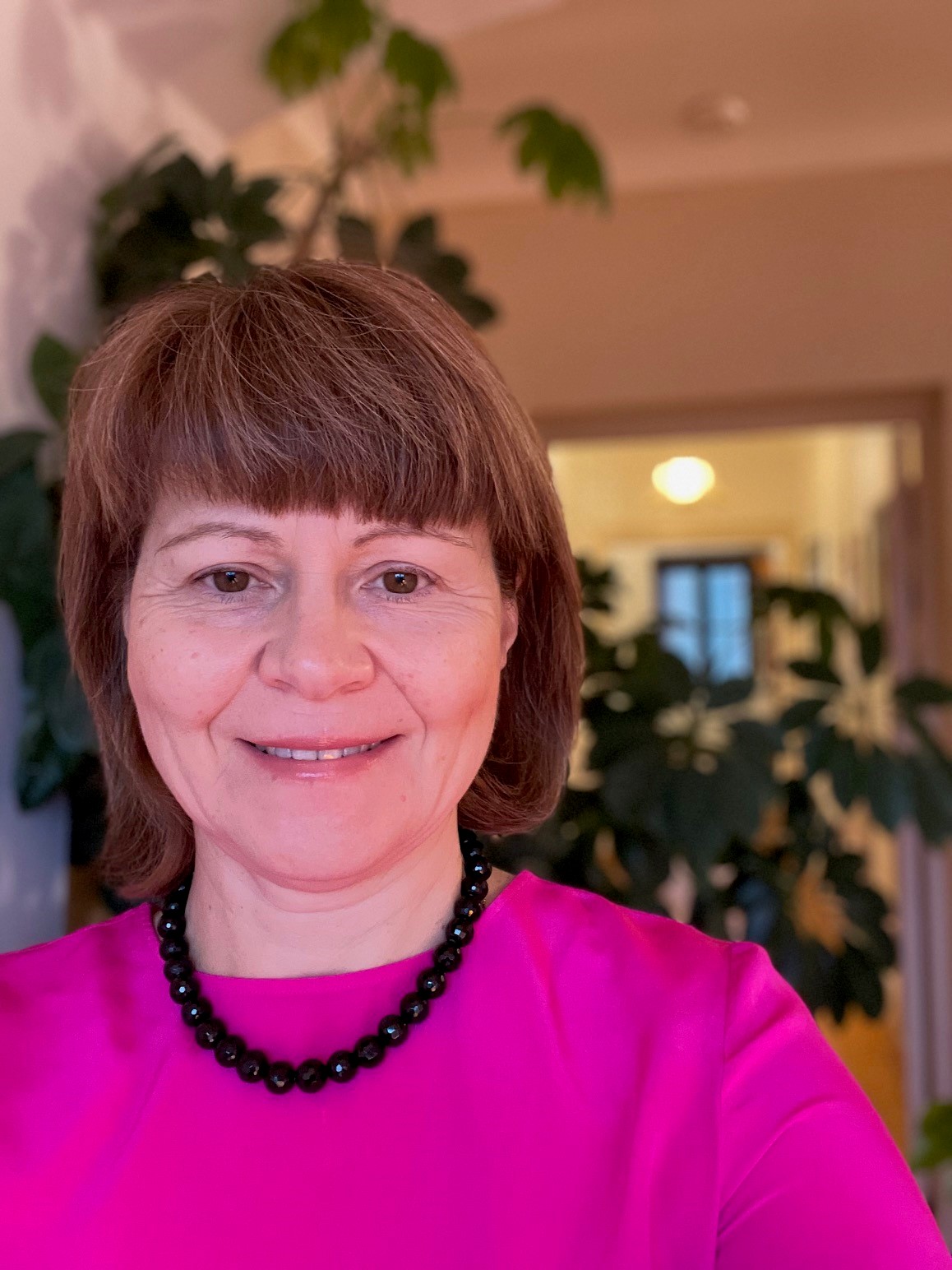

Victoria Borisova-Ollas
Golden Dances of the Pharaohs
Short instrumentation: 3 3 3 3 - 4 3 3 1 - timp, perc(3), hp, pno, str
Duration: 20'
Dedication: to Martin Fröst
Solos:
clarinet in Bb
Roles:
Narrator (tape) optional
Instrumentation details:
1st flute
2nd flute
3rd flute (+picc)
1st oboe
2nd oboe
3rd oboe (+c.a)
1st clarinet in Bb
2nd clarinet in Bb
3rd clarinet in Bb (+bass cl(Bb))
1st bassoon
2nd bassoon
3rd bassoon (+cbsn)
1st horn in F
2nd horn in F
3rd horn in F
4th horn in F
1st trumpet in Bb
2nd trumpet in Bb
3rd trumpet in Bb
1st trombone
2nd trombone
3rd trombone
tuba
timpani
1st percussion (vibraphone, thai gongs, suspended cymbal, triangle, tambourine, 4 congas, 5 temple blocks)
2nd percussion (vibraphone, thai gongs, 2 tam-tams, wind chimes, bongos, wood blocks, castanets, tambourine, sleigh bells)
3rd percussion (marimba, suspended cymbals, crotali, 6 tom-tom, tambourine, bass drum)
piano
harp
violin I
violin II
viola
violoncello
contrabass
Borisova-Ollas - Golden Dances of the Pharaohs for clarinet and orchestra
Printed/Digital
Translation, reprints and more

Victoria Borisova-Ollas
Borisova-Ollas: Golden DancesOrchestration: für Klarinette und Orchester
Type: Dirigierpartitur

Victoria Borisova-Ollas
Borisova-Ollas: Golden DancesOrchestration: für Klarinette und Orchester
Type: Noten

Victoria Borisova-Ollas
Borisova-Ollas: Golden DancesOrchestration: für Klarinette und Orchester
Type: Studienpartitur (Sonderanfertigung)
Sample pages
Audio preview
Work introduction
Victoria Borisova-Ollas’ concerto for clarinet and orchestra is the composer’s own way of reflecting on the life of the ancient Egyptians. With its extended performance techniques, the work is a real challenge and a tour-de-force for a virtuoso clarinetist. The première was given Stockholm by Martin Fröst and the Royal Stockholm Philharmonic Orchestra conducted by Sakari Oramo.
“Through her cooperation with Martin Fröst she explores the clarinet as if a conjurer’s wand and lets the soloist play with techniques suggesting a tone that might have surrounded the Egyptian Sovereigns,” wrote Sofia Nyblom in the Svenska Dagbladet. Martin Nyström, writing in Dagens Nyheter, commented on “Wondrous tunes from a realm long gone … an almost ecstatic dance procession from the past with the clarinet as the lead singer.”
Introduction by the composer
“Concerning Egypt, I will now speak at length, because nowhere are there so many marvelous things, nor in the whole world beside are there to be seen so many things of unspeakable greatness." Written in the 5th century BC by Herodotus, the description of a mysterious country of the East still stands today. Centuries have passed, and our knowledge of Egypt and its mighty rulers, the Great Kings, the Pharaohs, has developed into an almost complete science. We know practically everything about their daily habits; we have studied carefully all the silent traces left behind by the great civilization.
But there is an important part of this picture which is still missing: the sounds are not there. Swallowed by the inexorable current of time, they left the impressive stone structures mute. The faces once hidden behind the golden masks … what were the timbres of their voices? The moods of their ritual songs? What was the music like when they danced?
Victoria Borisova-Ollas
